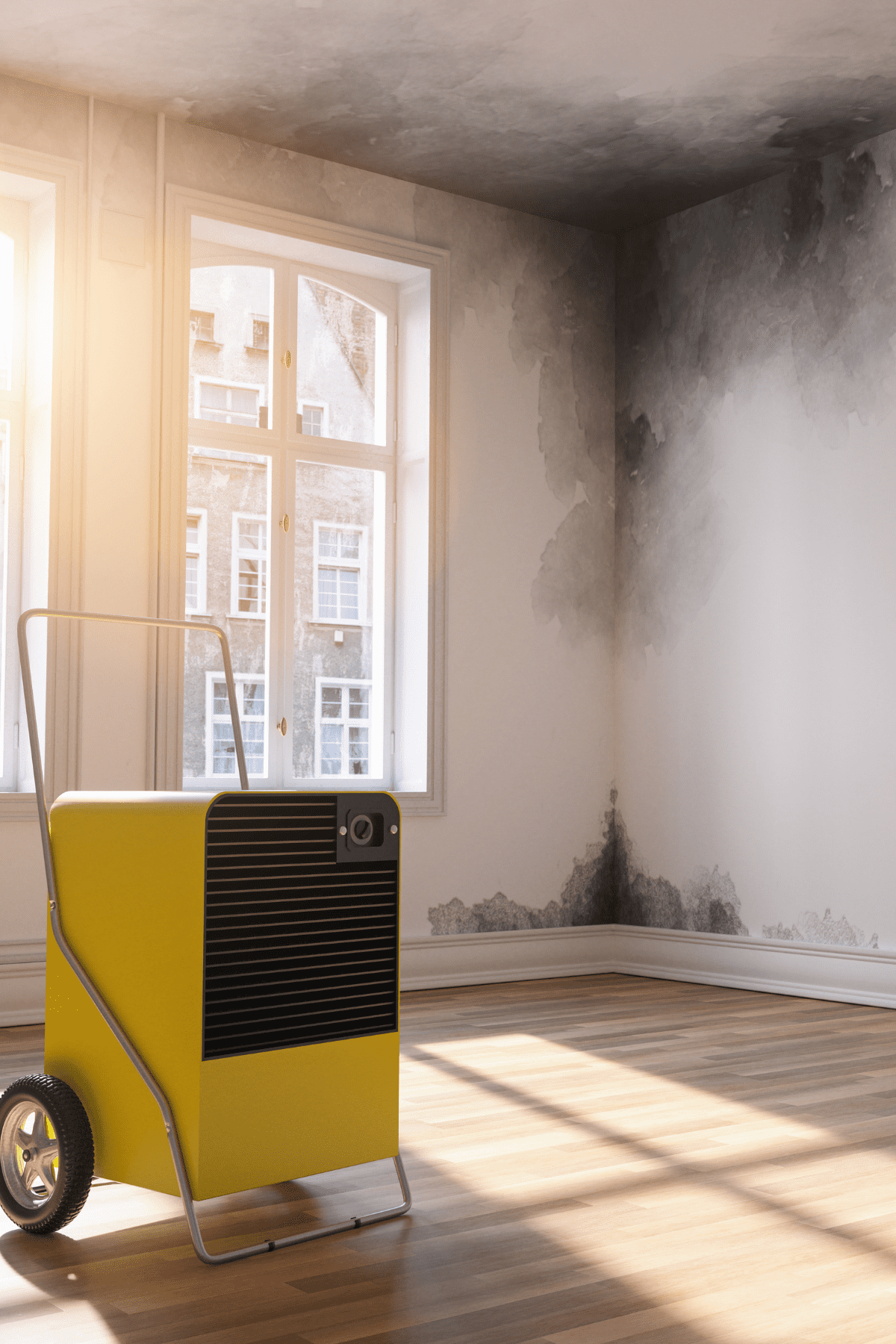
Avoid the health risk: Cleaning and preventing mould in damp weather
Avoid the health risk: Cleaning and preventing mould in damp weather
Mould is a toxin producing, living organism that flourishes in moisture. During the winter rainy, weather or even high humidity
conditions we can experience in summer, being vigilant in preventing and cleaning mould is extremely important.
Exposure to mould spores can cause a range of symptoms as it impacts our immune system and health. For most, it may be mild such as a
sore throat or runny nose. It can be problematic for asthmatics, cause skin issues, fatigue, headaches and sinus issues. In a small
percentage of the population (about 5%) mould can cause serious health issues, affecting multiple bodily systems and can trigger
pneumonia in the immunocompromised. In an even smaller percentage, it could lead to a chronic illness called CIRS (chronic
inflammatory response syndrome). CIRS has a wide range of often debilitating symptoms.
Mould around the home
Mould flourishes in moisture. If you have had any flooding, roof leaks or large water spills then mould should be addressed. Building
biologist expert Nicole Bijlsma says "Once moisture sits on a surface for more than 48 hours, the microbes on the surface will attempt
to take over the space by producing endotoxins, mycotoxins and microbial volatile organic compounds which can dramatically impact the indoor
air quality and affect the health of the occupants." So the key to prevention and treatment is keep your home dry and
address dampness within 48 hours.
What to do if you find damp or water
If you find your roof is leaking, the washing machine flooded or rain came in an open window. Dry the area immediately. Use whatever you
have access to, such as as many of the below: towels dehumidifier air-conditioner (if you have a split system, then it will dehumidify,
some even have a dehumidify mode) use fans, use heaters in combination with fans and dehumidifiers for more effective drying. Open
windows (if not raining!), turn on an air purifier - to filter airborne toxins and spores.
Clean the area with a microfibre cloth and a little detergent or vinegar. Avoid chemical based mould cleaners and bleach. Vacuum
the area (when dry) with a cleaner that has a HEPA filter.
Porous material like fabric (furnishing and clothes), paper, cardboard, carpets etc will hold moisture more easily. Dry
immediately and if your haven't been able to do this within 48hrs, then you need to throw those items out. Perhaps you have seen
the images after the huge floods in 2022 in NSW. Huge throw-out piles of damaged books and personal items, flooring and
furniture.Buildings needing to be demolished or completely stripped. Such a loss.
Building damage especially to semi-porous materials like wood, gyprock, and insulation will need to be remediated and removed. There
are mould remediation specialists that can do this for you, in a safe way that won't contaminate the rest of your house. Take care of
your health if you are around mould. When cleaning mould, ensure good ventilation, wear a mask (with a respirator) and gloves.
Protecting your body from the effects of mould
Support your immune system with our usual Naturopathic recommendations: Vitamins C, A, D, and Echinacea for immune boosting.
Quercetin, zinc and 'anti allergy' herbal medicines can be very helpful too.
Sleep well, eat well, avoiding sugar, alcohol and excessive caffeine
If damp, leaks or floods have affected an area of your home, seal that area off (shut doors and use tape) until it can be remediated.
You may also want to consider staying with friends or family until the issue can be addressed.
Essential oils have strong antimicrobial activity. A few drop of these oils can be added to cotton buds and left on or near affected
areas. Essential oils exposed to air will vapourise and release upwards, so place then around the floor.
They can also be added to cleaning detergents, sprays or vapourised - just be aware that these will add more humidity.
Anti-fungal oils include: Thyme, Tea Tree, Clove (avoid unnecessary contact and avoid in vapouriser) Cinnamon (avoid
unnecessary contact and avoid in vapouriser) Eucalyptus (avoid in vapouriser).
If you are concerned that you have symptoms of mould exposure or mould illness. Don't hesitate to contact me. Stay dry!
Further reading and information https://www.buildingbiology.com.au/ https://www.survivingmold.com/ https://www.betterhealthguy.com/episode17
Sign up to our newsletter
Recent Posts
- Perimenopause & Menopause: Your Questions Answered
- Healthy Glowing Skin: The Connection Between Your Lymphatic System and Skin Health
- Winter to Spring: Understanding the Seasonal Shifts in Your Metabolism
- Endocrine disruptors – Hormone changing chemicals that are more prolific than you think
- The problem with irregular menstrual cycles
